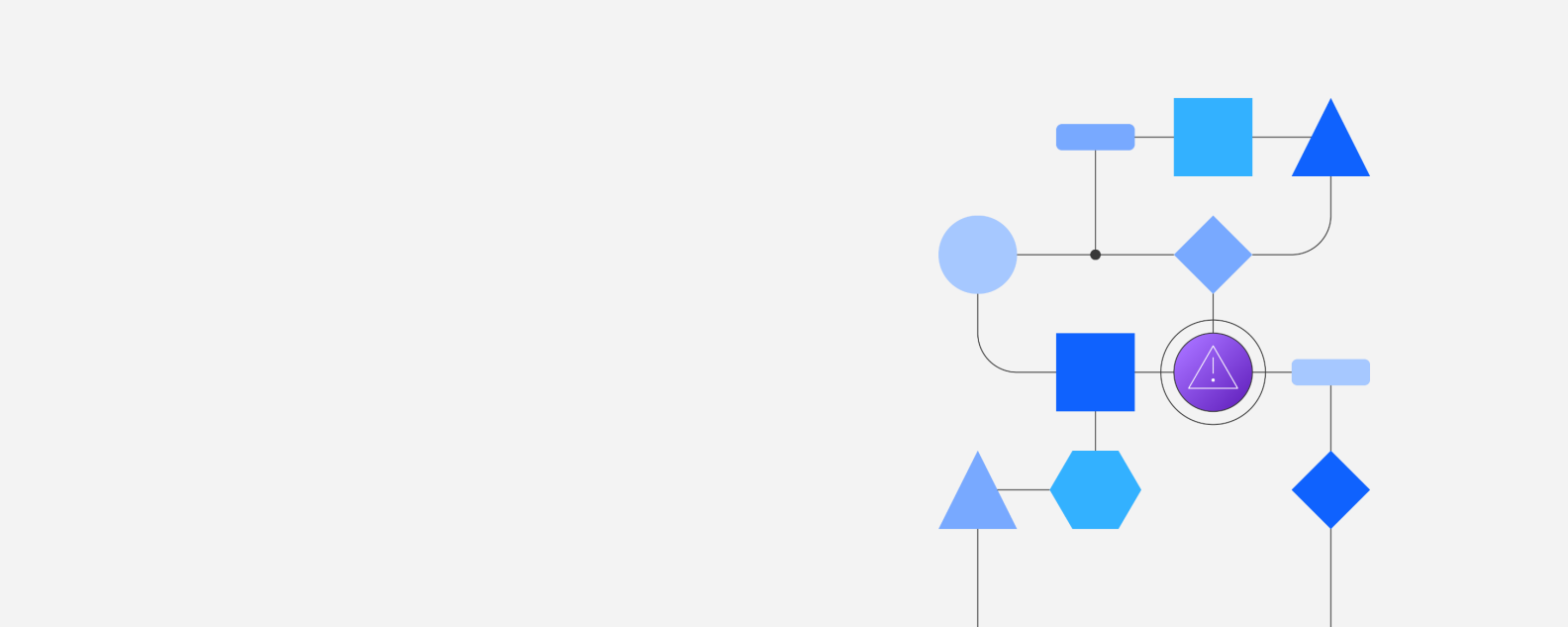
To achieve continuous Snowflake observability and monitoring, IBM® Databand® features seamless Snowflake integration.
Without understanding where and why bottlenecks or anomalies within your Snowflake environment are appearing, data engineers have a hard time keeping people from consuming bad data.
IBM Databand provides continuous observability within your Snowflake warehouse so data teams can detect data incidents with Snowflake tables related to data quality, freshness and volume and resolve them fast.
Try an interactive product tour of Databand to see how easy it is to create and debug data incident alerts and get started with dashboards and reports.
Calculate your ROI
Request a custom quote
Detect issues in the columns using custom and semi-custom queries.
Detect unexpected anomalies like missing data or spikes in volume.
Make sure Snowflake updates within expected data SLAs and with fresh data.
Databand currently supports monitoring for data-at-rest incidents within your Snowflake data warehouse. This process involves:
1. Create a service account to provide Databand with the necessary permissions
2. Create a new Snowflake monitor in Databand and provide your connection details
Once you've authenticated with Snowflake, you can select the tables you want Databand to monitor. Select entire databases, entire schemas or individual tables. If monitoring an entire database or schema, any future tables added to that database or schema will be automatically added to your monitored tables in Databand.
Simplify and centralize your Snowflake table observability with these capabilities.
Leverage the power of Databand’s data quality alerts to detect Snowflake table nulls and duplicates before they affect your data consumers. Databand also generates volume alerts to detect unexpected spikes in the volume of your data. Plus, report on data freshness to find out that your tables were updated on time.
With all Snowflake data quality incidents and their root causes viewable from a centralized console, Databand helps save debugging time. Analyze the historical trends in your data to understand the severity of the issue and automatically detect the root cause. In addition, view the lineage and impact analysis of your Snowflake tables and DAGs.